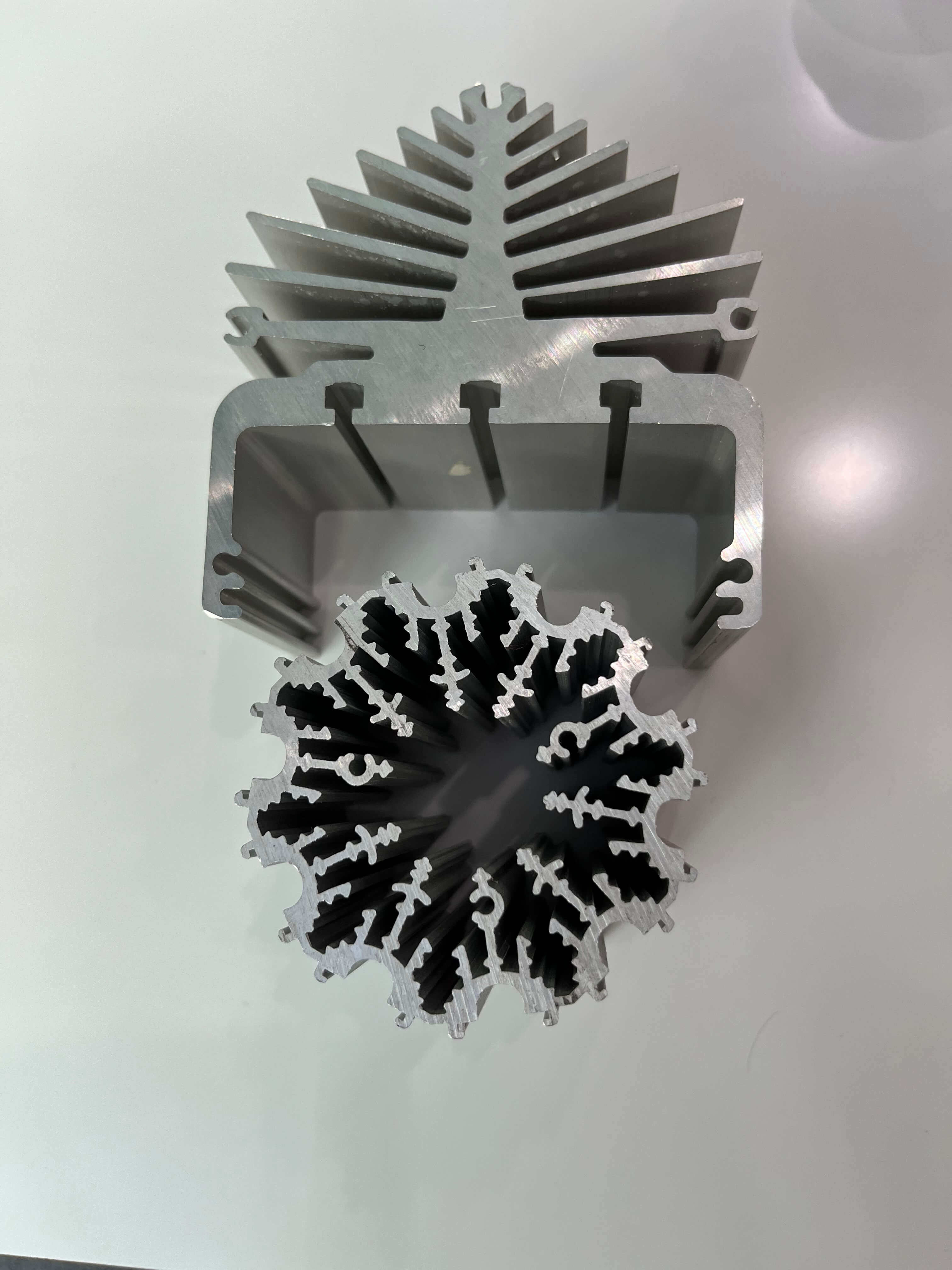Email format error
Email cannot be empty
Email already exists
6-20 characters(letters plus numbers only)
The password is inconsistent
Email format error
Email cannot be empty
Email does not exist
6-20 characters(letters plus numbers only)
The password is inconsistent



Today, there are many types of radiators on the market, with varying quality. Many people do not know how to choose when faced with various radiators. Next, I will introduce the different types of radiators. I hope this article is helpful to you.
Various Types of Radiators
1.Steel radiators
Steel radiators have been used in Europe for nearly 50 years and now account for more than 80% of the market. Its market share in China is also growing rapidly. It is mainly divided into: steel tubular radiator, steel plate radiator and so on.
Advantages: Steel radiators have various shapes, low price, energy saving and high efficiency, easy production and stable quality. The normal life of steel radiators is more than 15-20 years.
Disadvantages: Steel radiators are prone to oxidation, corrosion and water leakage. Maintenance is required.
2.Steel tubular radiator:
The tubular radiator relies on the outer wall of the tubular column for heat transfer, the heat transfer area is small, and the heat dissipation effect is relatively poor.
Steel plate radiator: The production process is clean and environmentally friendly. The product has beautiful appearance, high pressure bearing capacity and good heat dissipation effect, which can effectively save energy and meet the requirements of energy saving and environmental protection.
3.Aluminum radiator
Although the aluminum radiator has good heat dissipation, light weight and low price, it is afraid of corrosion by alkaline water and is not suitable for central heating systems. It is not suitable for central heating systems.
But the aluminum radiator has low density and light weight. It is easy to produce without pollution, more convenient to carry and install, and suitable for independent heating.
4.Composite radiator
The composite radiator is made of copper and aluminum as raw materials. Copper is more resistant to corrosion, and copper and aluminum have good heat transfer performance.
Because the thermal conductivity of copper and aluminum is very good, the heat dissipation capacity of the composite radiator is much higher than that of other materials. Its value grows with time, so the retention rate of copper-aluminum composite radiators is also much higher than that of radiators of other materials.
Aluminum alloys can be extruded into various shapes, so the appearance of copper-aluminum composite radiators can be varied to meet the consumption concepts of different consumers.
Because of its outstanding anti-corrosion performance, wide applicability, better heat-to-price ratio, higher value retention rate and beautiful appearance, radiators will become the dominant new radiators for a long time in the future. Its market prospect is also very broad. With the continuous development and promotion of copper-aluminum composite radiators, it will play a greater role in the development of the industry.
5.Stainless steel radiator
Now many radiator manufacturers have begun to develop stainless steel and aluminum radiators. It not only has excellent heat dissipation performance, but also has good corrosion resistance of water channels, and each style has excellent decorative effect like handicrafts.
Advantages: beautiful appearance, good heat dissipation performance, corrosion resistance, long life.
In Conclusion
Various radiators have different advantages and properties. You can choose according to your actual needs. If you are looking for a professional radiators supplier, we look forward to being your first choice.


